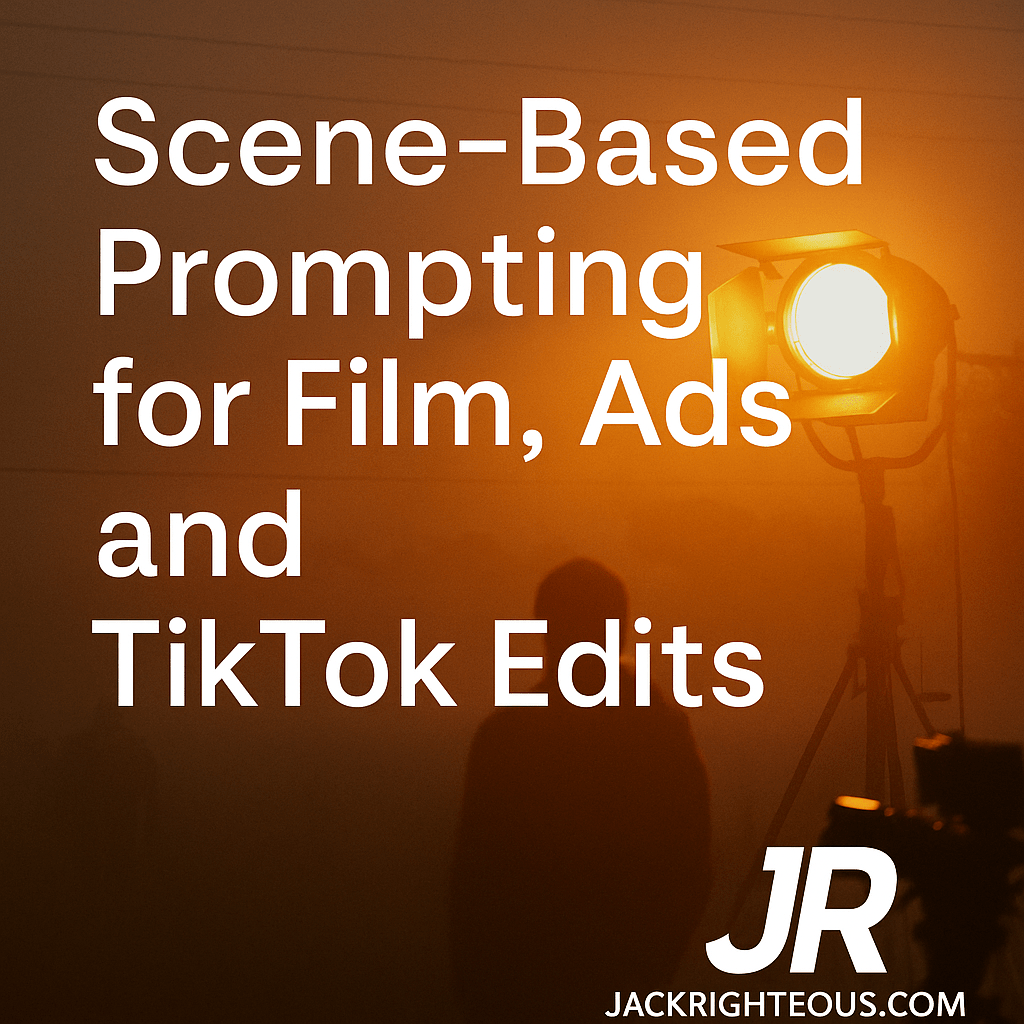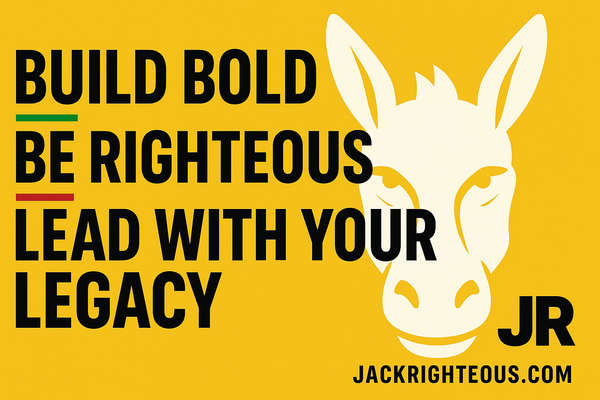
Scene-Based Prompting with Suno AI for Visual Content
Gary WhittakerScene-Based Prompting for Film, Ads, and TikTok Edits
Turn Moments Into Music with Visual-First Suno Prompts
Music That Matches the Frame: Why This Matters
In today’s shortform and visual-first world, music must do more than sound good—it has to move with the moment.
Whether scoring a film, timing a TikTok reveal, or enhancing an ad’s message, the right Suno prompt helps your track reflect the emotion, movement, and pacing of the scene.
This guide breaks down how to write scene-anchored prompts that deliver soundtracks ready to sync.
Step 1: Start With a Cinematic Snapshot
Describe the scene like a single camera shot:
Examples:
- “Midnight chase through neon-lit streets”
- “First snowfall in a quiet mountain village”
- “Corporate boardroom stare-down, time slows before the deal”
Use cinematic nouns + emotional adjectives to guide mood.
🎬 Prompt Base:
Create cinematic underscore for [scene description]. Focus on pacing and tone.
Step 2: Reflect the Scene’s Arc in the Song’s Flow
Scenes evolve—so should your music.
Match musical arcs to visual movement:
- Lift arc: calm → build → intense = ideal for transitions or reveals
- Collapse arc: tension → silence = flashbacks, regrets, or reaction shots
- Reveal arc: neutral → surprise = reveals, twists, character moments
🎵 Prompt Add-On:
Begin sparse and ambient, gradually build tension with pulsing synth and layered strings.
📌 Each visual beat deserves a musical shift.
Step 3: Use Tags That Translate Visual Cues
Scene types often suggest specific sound design. Guide Suno with tags that match what the viewer sees:
Visual-to-audio tag examples:
- “Slow motion” →
echo,long reverb,minimal piano - “Montage” →
loop,arpeggio,build intensity - “Tense silence” →
droning pad,pulsing bass,low ambient - “Peaceful nature” →
organic textures,soft strings,field recordings
📌 Paint with tags as if you're editing a soundtrack.
Step 4: Align Lyrics (If Used) With Camera Perspective
If you're working with vocals, treat each section like a shotlist.
Prompt structure idea:
-
[Verse 1]= wide establishing shot -
[Pre-Chorus]= character close-up / emotional hint -
[Chorus]= payoff, reveal, or escalation -
[Bridge]= reversal, flashback, or change of tone
💡 Lyrics should react to the visuals, not just fill space.
Step 5: Sync-Test and Calibrate With Edit Tools
Once you generate:
- Pair the Suno output with your actual clip
- Watch for timing alignment (transitions, reveals, pacing)
- Adjust using:
- Prompt rewrite for energy or mood
- Replace Section to revise weak moments
-
Sliders (
weirdness,style influence) to fine-tune voice
🎛️ Use [Intro] and [Outro] tags to sculpt exact clip endpoints.
Scene Prompt Formula Template
Style: cinematic underscore
Tags: ambient, echo, strings, slow tempo, pulsing synth
Prompt: Write music for [scene description]. Build slowly toward a dramatic release, maintain cohesion with ambient textures.
Final Takeaway: Don’t Score the Genre—Score the Scene
Scene-based prompting isn’t about choosing a genre. It’s about aligning music to what’s happening on screen.
The better your prompt speaks the language of cinema—emotion, pace, tension—the better Suno can become your invisible composer.
Next up: How to Build a Suno Track for Live Performance or Spotify Release.(released July 19th, 2025)

